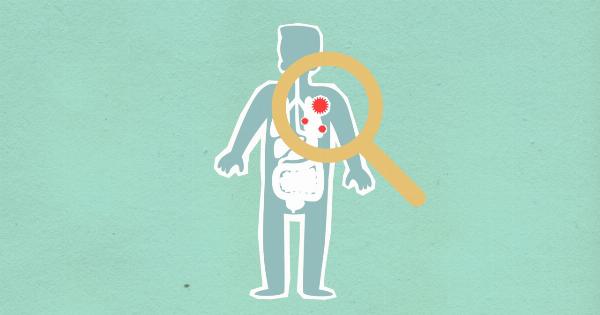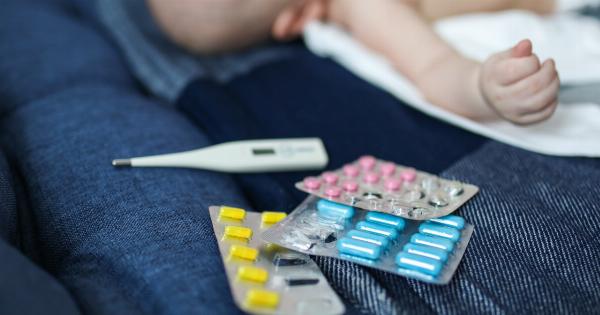Autism is a neurodevelopmental disorder that affects around 1 in 54 children, according to the Centers for Disease Control and Prevention (CDC). Autism is characterized by difficulties in social interaction, communication, and repetitive behaviors.
While the causes of autism are not fully understood, research has identified a variety of risk factors for the development of this disorder, including genetics, environmental factors, and maternal health during pregnancy and child-rearing years.
What Is It?: Interpregnancy Interval
The interpregnancy interval (IPI) is the amount of time between the birth of one child and the next pregnancy.
A shorter IPI is generally considered a risk factor for various maternal and child health outcomes, such as preterm birth, low birth weight, and infant mortality. On the other hand, a longer IPI has been associated with improved health outcomes for both mother and child.
The Link Between Autism and Interpregnancy Interval
A growing body of research suggests that a short IPI may also be a significant risk factor for the development of autism in the next child.
For example, a study published in the Journal of Autism and Developmental Disorders found that women with an IPI of less than 12 months had an increased risk of having a child with autism compared to women with an IPI of 36 months or longer.
Another study published in JAMA Pediatrics found that children born within 18 months of their older sibling had a 30% increased risk of autism compared to children born after a longer interval.
The researchers suggested that a short IPI may increase the mother’s risk of inflammation, nutrient depletion, and oxidative stress, which could negatively affect fetal brain development and increase the risk of autism.
Other Risk Factors for Autism
It’s important to note that a short IPI is just one of many risk factors for autism. Other factors that have been associated with an increased risk of autism include:.
- Genetics: Autism tends to run in families, and there are numerous genes that have been associated with the disorder.
- Advanced parental age: Children born to older parents, especially fathers, are at a higher risk of autism.
- Prenatal exposure to toxins: Exposure to certain chemicals and pollutants during pregnancy has been linked to autism.
- Maternal health conditions: Conditions such as gestational diabetes, obesity, and hypertension during pregnancy have been associated with an increased risk of autism.
Preventing Autism: What Can Be Done?
Currently, there is no cure for autism, and the causes of the disorder are not fully understood. However, there are steps that parents and healthcare providers can take to reduce the risk of autism in children:.
- Delay pregnancy: Allowing at least 18 months between pregnancies may reduce the risk of autism and other adverse health outcomes in children.
- Reduce exposure to environmental toxins: Parents can take steps to minimize their exposure to chemicals and pollutants that increase the risk of autism.
- Monitor maternal health: Maternal health conditions during pregnancy should be carefully monitored and managed to reduce the risk of autism and other negative outcomes for the child.
- Early intervention: Early identification and treatment of developmental delays and autism symptoms can improve outcomes for children with the disorder.
Conclusion
A short interpregnancy interval may increase the risk of autism in the next child, but it is just one of many risk factors for this disorder.
Parents and healthcare providers can take steps to reduce the risk of autism and improve outcomes for children with the disorder. More research is needed to better understand the causes of autism and develop effective treatments to improve the lives of those affected by this disorder.































